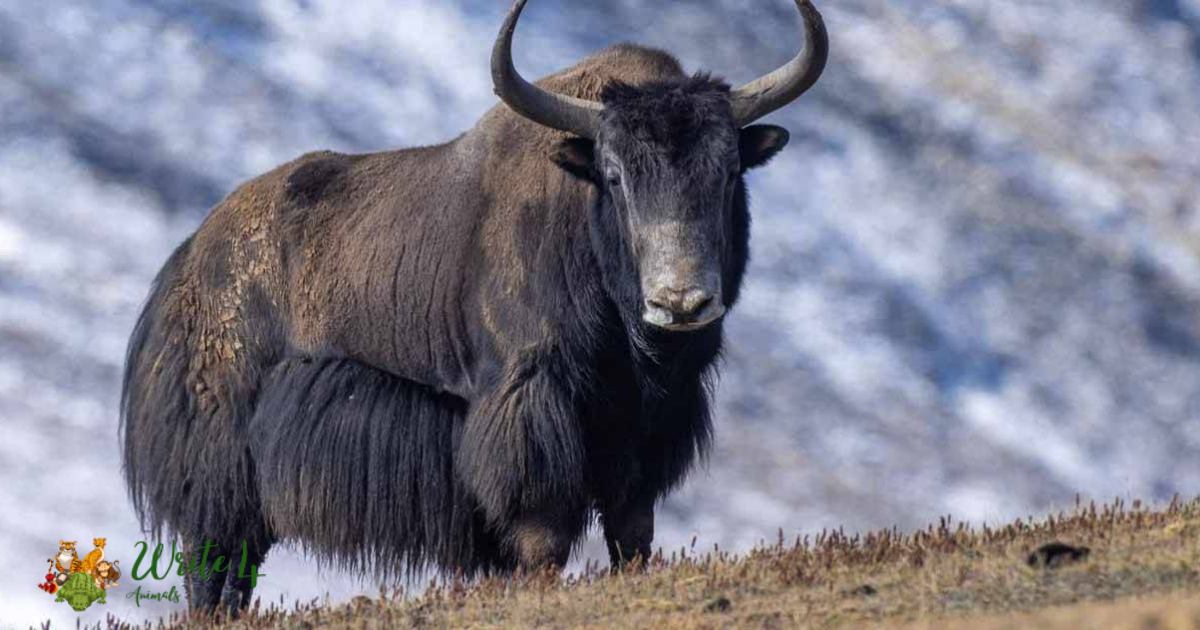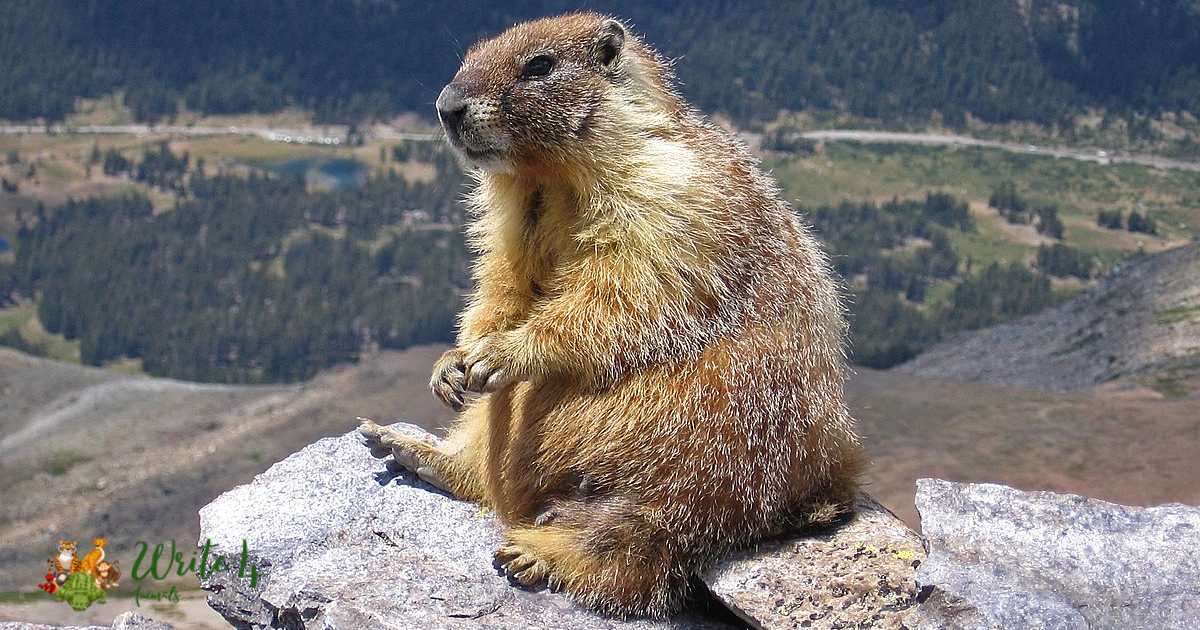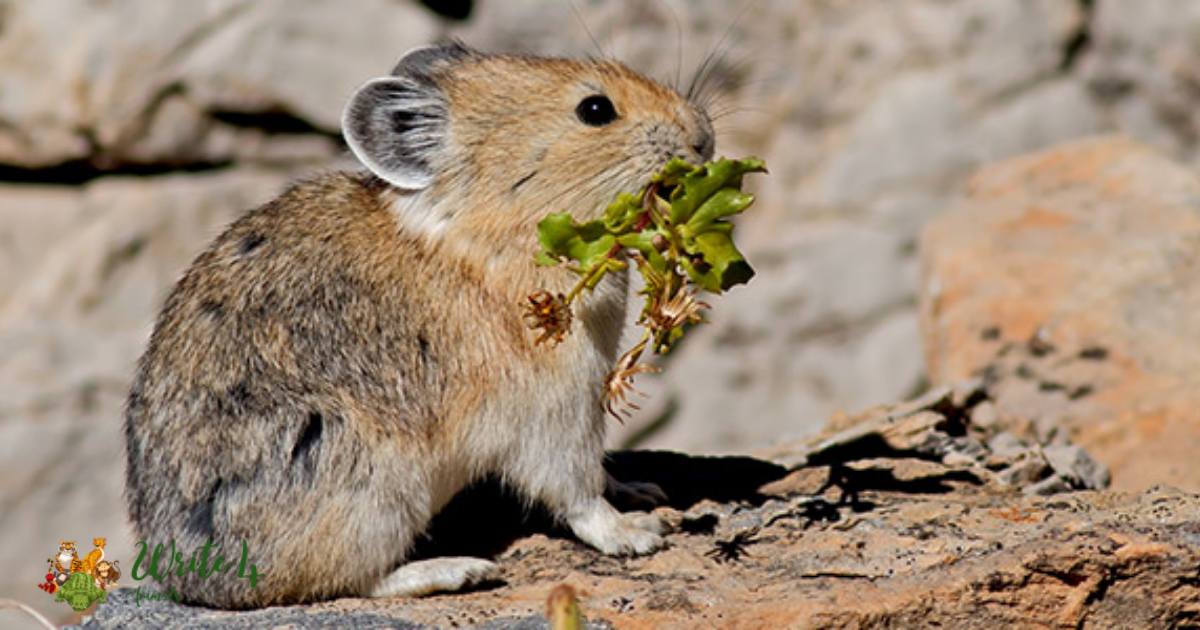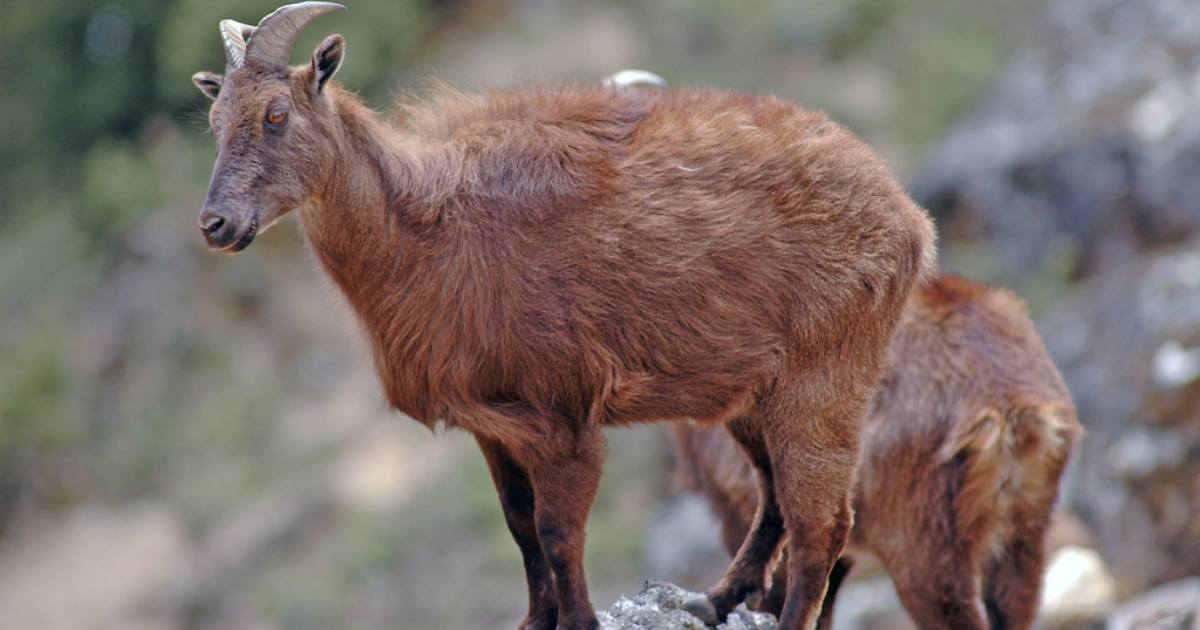Mountains are not only majestic natural wonders that shape the Earth’s landscape, but they also harbor a rich diversity of wildlife uniquely adapted to their challenging environments.
From the towering peaks of the Himalayas to the rugged ranges of the Rockies, mountain ecosystems are home to an array of fascinating creatures.
In this blog post, we’ll delve into the intriguing world of mountain animals, highlighting 15 animals that live on mountains that have evolved to thrive in these high-altitude habitats.
15 Animals that live on mountains | Mountain animals
1. Snow Leopard
The snow leopard, a captivating mountain animal, gracefully roams the rugged landscapes of Central and South Asia. Adapted to the harsh conditions of high altitudes, this elusive big cat possesses a thick fur coat that provides insulation against the biting cold.
Its muscular build and long tail aid in balance while navigating the steep slopes. Known for its solitary nature, the snow leopard is a skilled hunter, preying on blue sheep and marmots.
Unfortunately, it faces threats from poaching and habitat loss, making conservation efforts crucial for the survival of this magnificent mountain species.
2. Golden Eagle
Soaring through the mountain skies with unmatched majesty, the golden eagle is a formidable mountain animal found across North America, Europe, Asia, and North Africa. Recognized for its impressive wingspan and keen eyesight, this raptor is a symbol of freedom and power.
Preferring mountainous terrains for nesting, golden eagles primarily feed on small mammals and birds. Their adaptability to diverse environments showcases their prowess as apex predators, contributing to the delicate balance of mountain ecosystems.
Conservation initiatives play a pivotal role in ensuring the continued existence of these iconic birds.
3. Ibex
The ibex, a symbol of mountain resilience, boasts remarkable climbing abilities that define its existence in high-altitude regions. Alpine ibex and Nubian ibex, two prominent species, gracefully traverse steep cliffs and rocky landscapes.
Their crescent-shaped horns serve both as weapons for defense and symbols of dominance. Living in social groups, ibex navigate the challenges of mountain life with agility, finding sustenance in alpine vegetation.
Conservation efforts are crucial for preserving these mountain animals, as they face threats from habitat degradation and climate change. The ibex’s survival is intertwined with the health of mountain ecosystems, emphasizing the need for sustainable practices and habitat protection.
4. Chamois
In the heart of the European Alps, the chamois thrives as a testament to mountain adaptability. Renowned for its extraordinary climbing prowess, this goat-antelope gracefully maneuvers through rugged terrains with its uniquely curved horns.
Their keen senses and nimble movements make them elusive prey for predators like lynxes and wolves. Chamois display an incredible ability to adapt to extreme altitudes, residing in alpine regions where they find refuge in rocky outcrops and cliffs.
As mountain animals, their survival depends on the conservation of these pristine habitats, emphasizing the interconnectedness of wildlife and the delicate ecosystems they inhabit.
5. Marmot
Flourishing in the mountainous landscapes of Europe, Asia, and North America, the marmot is a charismatic ground squirrel that plays a vital role in alpine ecosystems.
These social creatures construct intricate burrow systems, providing shelter from predators and harsh weather conditions. With their plump bodies and bushy tails, marmots are well-adapted to cold climates, hibernating during the winter months.
As herbivores, they contribute to the balance of vegetation in their habitat. Despite their seemingly docile nature, marmots are vigilant and emit loud warning calls to alert others of potential dangers.
Conservation efforts are essential to safeguard these charming mountain animals, preserving the ecological integrity of their high-altitude homes.
6. Pika
In the mountainous realms of Asia and North America, the pika, a small and herbivorous mammal, adds a touch of charm to alpine landscapes. These diurnal creatures are known for their distinctive high-pitched calls, which echo through rocky terrains.
Evolving to thrive in harsh climates, pikas gather grasses and herbs during the summer, storing them in “haypiles” to sustain themselves during winter. Their burrow systems provide refuge from predators and extremes of weather.
As indicators of environmental health, pikas are vulnerable to climate change, making conservation efforts imperative to preserve the delicate balance of mountain ecosystems they inhabit.
7. Alpine Ptarmigan
The alpine ptarmigan, also known as the rock ptarmigan, is a remarkable bird species that thrives in high-altitude environments across the globe. With its ability to change plumage coloration seasonally, this bird blends seamlessly with its mountainous surroundings.
During winter, its white plumage offers camouflage against snow-covered landscapes, transforming to mottled brown in summer. Well-adapted to the challenging conditions of mountain life, the alpine ptarmigan feeds on plant material and insects, showcasing the resilience of mountain animals.
As an indicator species, these birds emphasize the importance of preserving mountain ecosystems and maintaining their delicate ecological balance through conservation efforts.
8. Himalayan Tahr
Endemic to the Himalayas, the Himalayan tahr stands as a testament to adaptability in the face of challenging mountain environments. With distinctive curved horns and a robust build, this herbivorous ungulate thrives in alpine meadows and rocky slopes.
Agile climbers, tahrs navigate steep terrains with ease, seeking out nutritious vegetation for sustenance. Despite their remarkable resilience, these mountain animals face threats from habitat fragmentation and human activities.
Conservation initiatives are essential to safeguard the Himalayan tahr and preserve the unique biodiversity of the high-altitude regions they call home.
9. Mountain Gorilla
Residing in the volcanic slopes of the Virunga Mountains in East Africa, the mountain gorilla is a critically endangered species known for its close-knit social structure and gentle demeanor.
These majestic primates, characterized by a dense coat and robust build, inhabit montane forests where they forage for plants, fruits, and leaves. Threatened by habitat loss and poaching, mountain gorillas are the focus of extensive conservation efforts.
The survival of these remarkable mountain animals is intertwined with the preservation of their forest habitats, emphasizing the urgent need for sustainable practices and community involvement in conservation initiatives.
10. Mountain Hare
The mountain hare, an adaptable species found in the mountainous regions of Europe, Asia, and North America, undergoes a fascinating seasonal transformation.
Sporting a brown fur coat in summer and a white one in winter, these hares exhibit remarkable camouflage against their snowy surroundings. Their large hind feet allow them to navigate through the snow with ease.
As herbivores, they feed on alpine vegetation, contributing to the delicate balance of mountain ecosystems. Conservation efforts are crucial to protect the mountain hare from threats such as habitat degradation and climate change, ensuring the continued harmony of these enchanting high-altitude environments.
11. Yak
Domesticated in the high-altitude regions of the Himalayas and Central Asia, the yak is a hardy and indispensable mountain animal for local communities.
With its long, shaggy coat and curved horns, the yak has adapted to thrive in harsh mountain climates, providing essential resources such as milk, meat, and wool.
Yaks play a vital role in the livelihoods of mountain communities, serving as pack animals and sources of sustenance. As climate change poses challenges to their traditional habitats, sustainable practices and conservation efforts become paramount to ensure the resilience of both yaks and the communities that rely on them.
12. Alpine Salamander
In the mountainous regions of Europe, the alpine salamander is a fascinating amphibian, perfectly adapted to the cold and humid conditions of high altitudes. With its striking black coloration, this species stands out against the alpine rocks and vegetation.
Despite its small size, the alpine salamander plays a crucial role in the mountain ecosystem, contributing to insect control.
Threatened by habitat loss and disturbance, conservation efforts are vital to protect these unique mountain animals and preserve the delicate balance of their alpine habitats.
13. Mountain Lion
Known by various names such as cougar or puma, the mountain lion is a solitary and adaptable predator that inhabits various mountain ranges across the Americas. With its sleek body and powerful limbs, the mountain lion is a master of stealth and agility.
These elusive carnivores play a crucial role in regulating prey populations, contributing to the ecological balance of mountain ecosystems. However, human-wildlife conflicts and habitat fragmentation pose significant threats to their survival.
Conservation efforts are essential to mitigate these challenges and ensure the continued presence of these majestic mountain animals in their natural habitats.
14. Red Panda
While often associated with bamboo forests, the red panda also calls the mountainous regions of the Eastern Himalayas home. This charming, tree-dwelling mammal boasts a distinctive reddish-brown coat and a bushy tail, contributing to its endearing appearance.
Red pandas are skilled climbers, using their long tails for balance as they traverse the treetops in search of bamboo, fruits, and insects.
As habitat loss and fragmentation threaten their existence, conservation initiatives become crucial to safeguard these adorable mountain animals and preserve the biodiversity of their high-altitude habitats.
15. Alpine Ibex
A symbol of rugged resilience, the alpine ibex thrives in the challenging landscapes of the European Alps. With its powerful build, distinctive curved horns, and nimble climbing abilities, this mountain goat is well-adapted to navigate steep cliffs and rocky outcrops.
Living in social groups, alpine ibex graze on alpine vegetation, contributing to the ecological balance of their high-altitude habitats.
Conservation efforts are essential to protect these iconic mountain animals, ensuring the preservation of their alpine homes and the delicate ecosystems that rely on their presence.
The alpine ibex stands as a testament to the remarkable diversity of life in mountainous regions and the importance of conservation in safeguarding these unique environments.
Recommended
1. Albino Monkey: History, Facts and More | albino monkeys
2. 20 Taiga animals | Boreal forest animals















